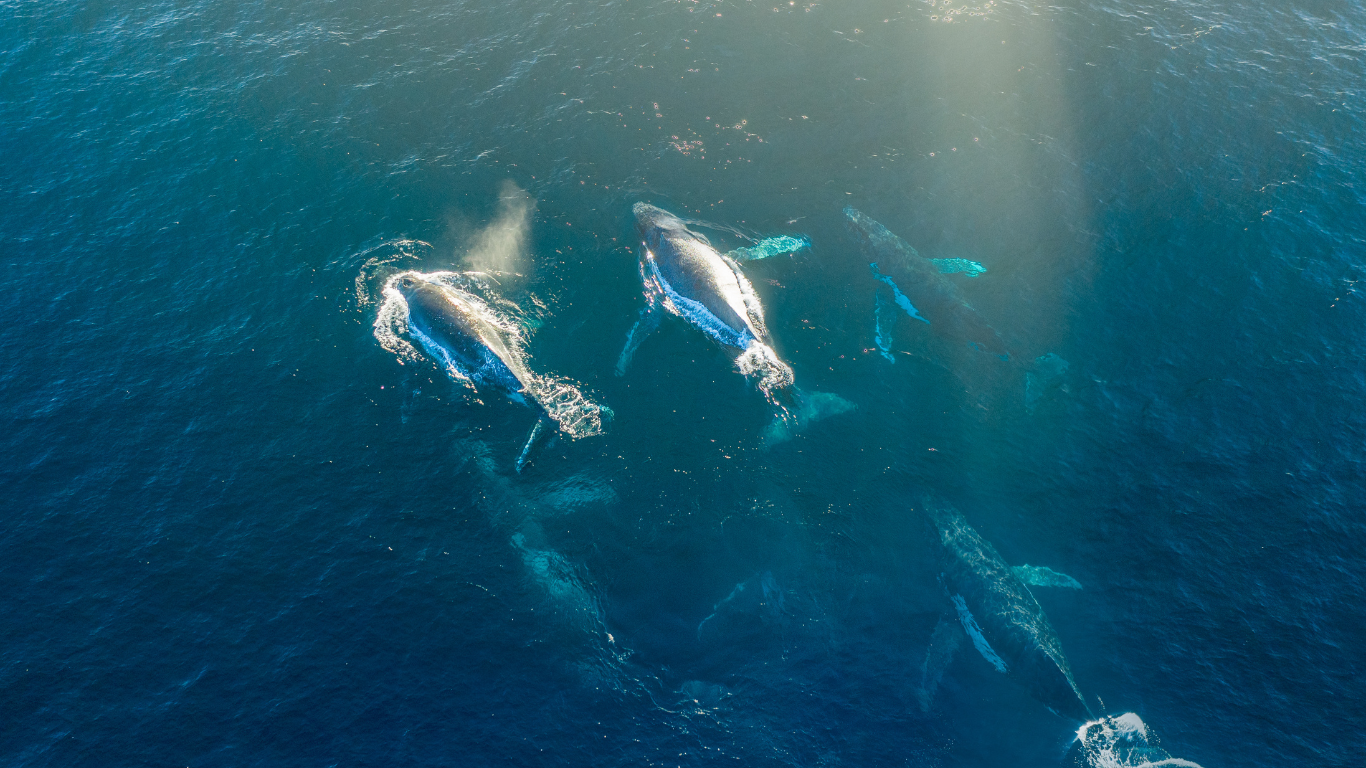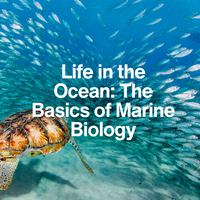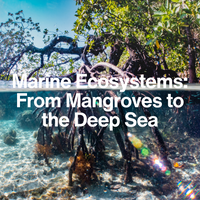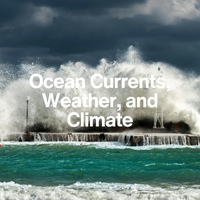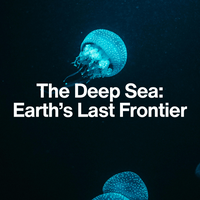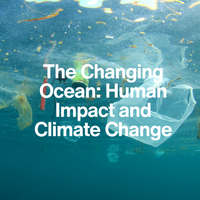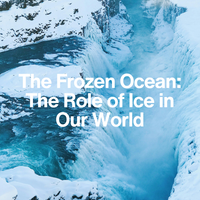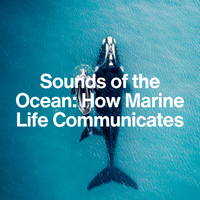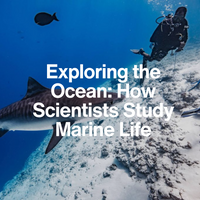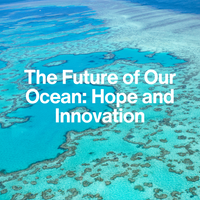LESSON 4
How Does Noise Pollution Affect Marine Animals?
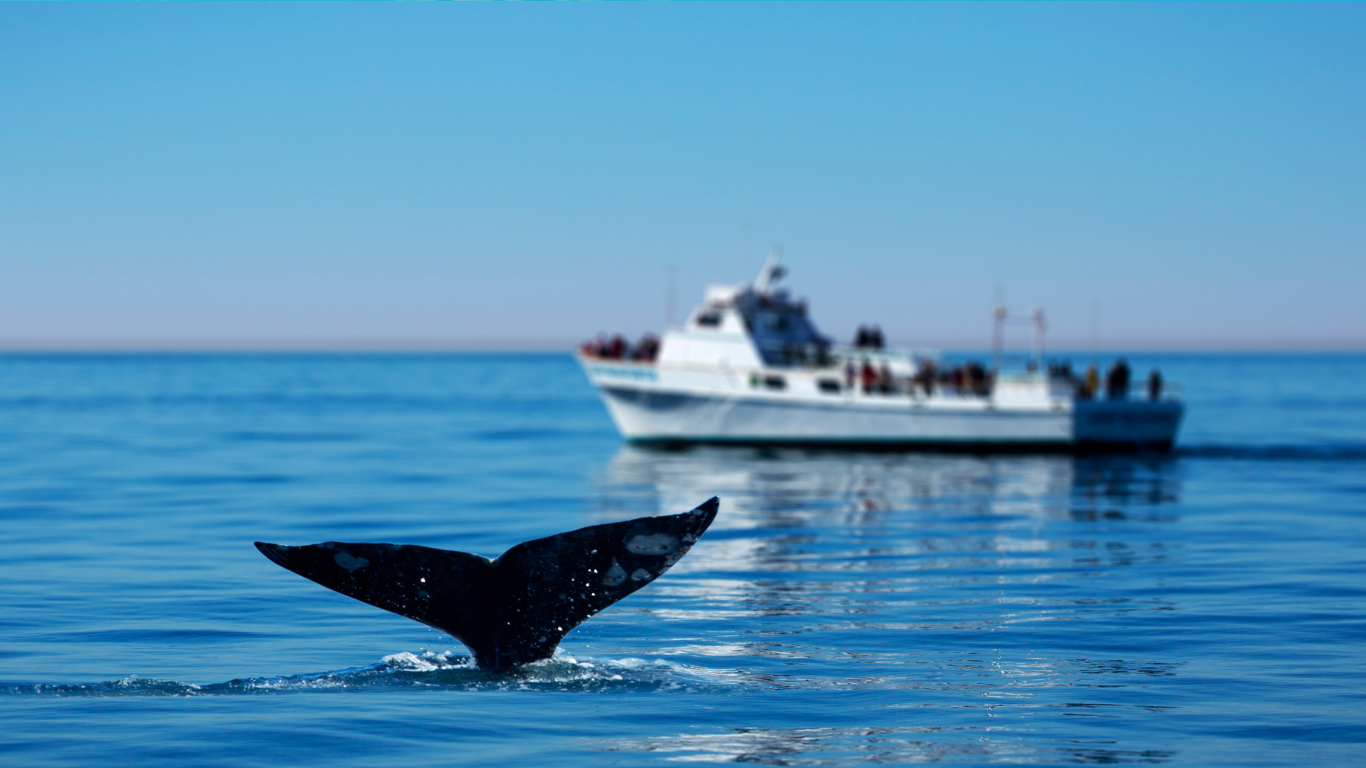
Introduction:
Too Loud to Live
Imagine trying to hold a conversation next to a constant construction site, or finding your way home through a blizzard of car alarms. For marine animals, this is becoming reality. As human activity increases at sea, the ocean is getting louder—and many species are struggling to cope.
In this lesson, we’ll explore the growing issue of noise pollution in the ocean: where it comes from, how it affects marine life, and what we can do to turn the volume down.
1. What Is Ocean Noise Pollution?
Noise pollution refers to unwanted or harmful sound introduced into the environment. In the ocean, this includes persistent or sudden human-made noises that disrupt the natural soundscape animals rely on for survival.
These sounds travel far and wide—many louder and more persistent than any natural ocean noise.
Did you know?
A single seismic survey can produce sound levels above 250 decibels, repeated every 10–15 seconds for weeks at a time.
2. Impact on Marine Mammals
Whales, dolphins, and porpoises depend heavily on sound for communication, navigation, and foraging. Noise pollution can seriously interfere with these abilities.
Did you know?
Some dolphins are now “shouting” to be heard over noise pollution—using louder, more frequent calls, which takes more energy and causes stress.
3. Effects on Fish, Invertebrates, and Ecosystems
It’s not just whales and dolphins. Many fish and invertebrates also rely on sound to:
- Find mates
- Locate healthy habitats
- Avoid predators
- Coordinate group behaviours
How noise impacts them:
- Fish exposed to chronic noise may produce fewer eggs or abandon nesting sites.
- Some species show signs of stress and confusion, affecting their ability to forage and survive.
- Larval fish use reef sounds to find their way to nursery habitats. If those sounds are masked, they may get lost.
- Shellfish like scallops and mussels have shown stunted growth and disrupted development when exposed to loud noise.
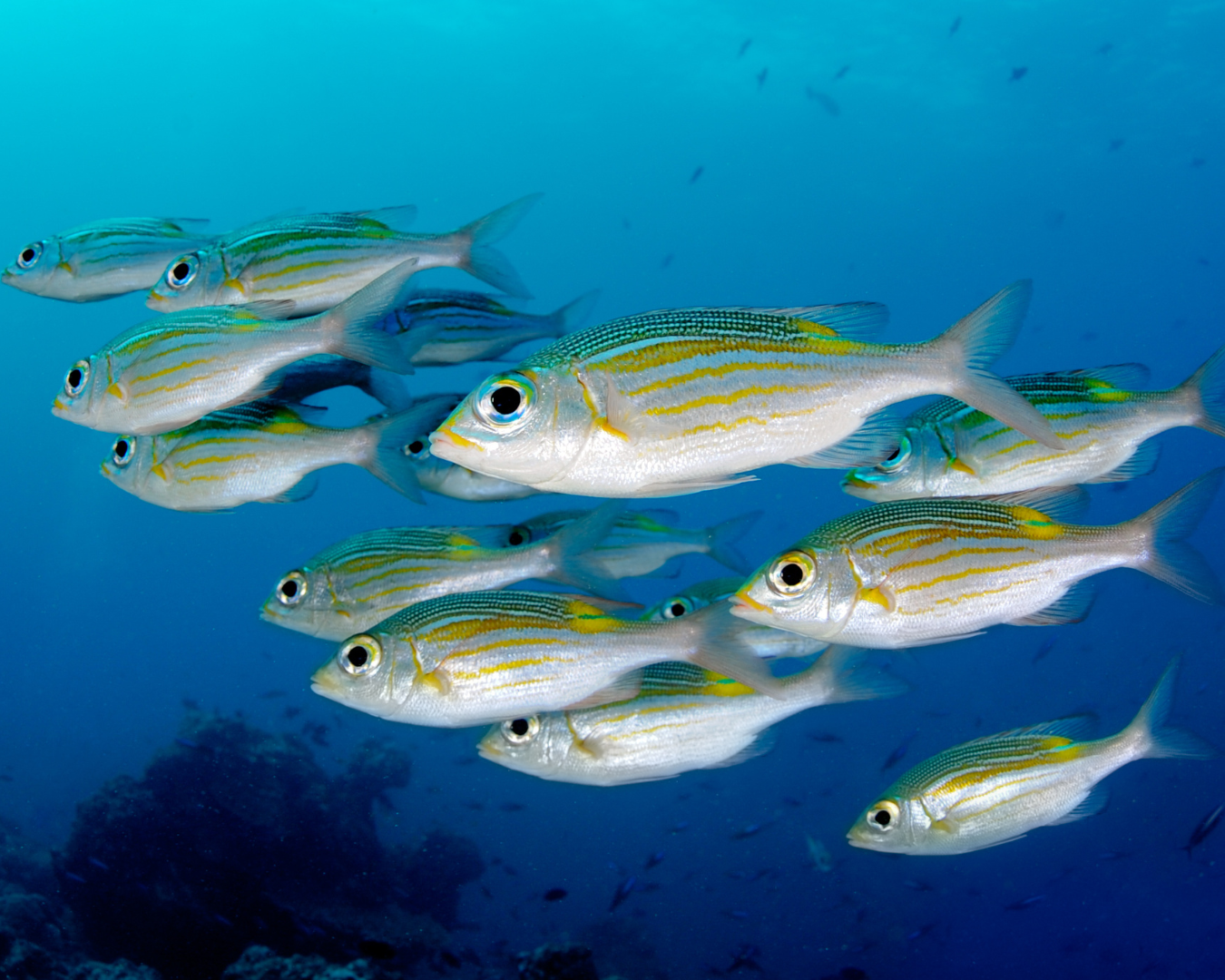
Did you know?
Studies have shown that ship noise can reduce the feeding efficiency of reef fish by up to 50%.
4. The Bigger Picture: Ecological Disruption
Noise pollution affects more than individual species—it can alter entire food webs and ecosystem dynamics.
Examples:
- If fish leave an area due to constant noise, predators like seals and seabirds lose a food source.
- Coral reef health declines when key species like snapping shrimp and damselfish are disrupted.
- In quieter regions, animals may be more resilient and reproductively successful—highlighting the importance of quiet zones in the ocean.
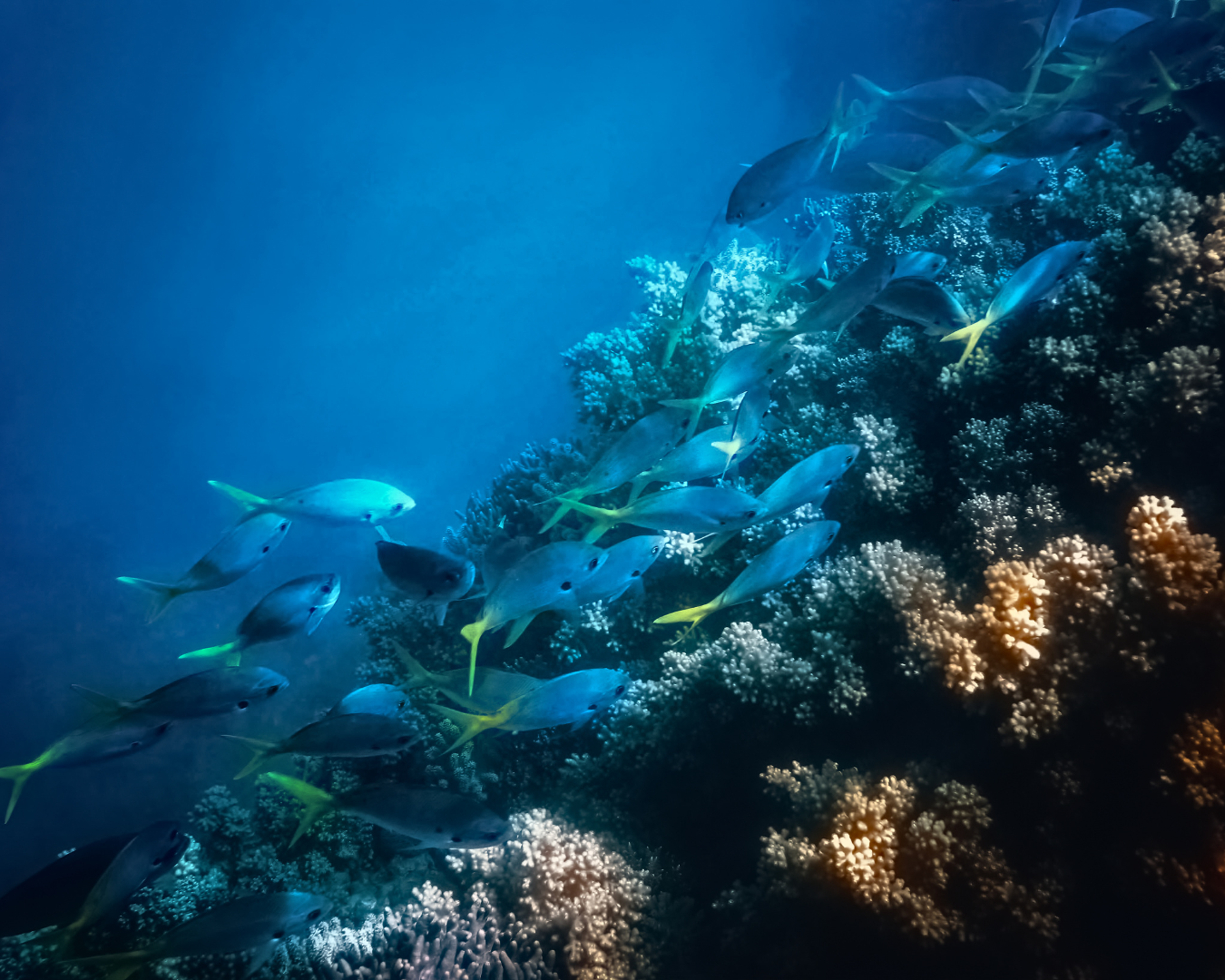
This creates a cascading effect:
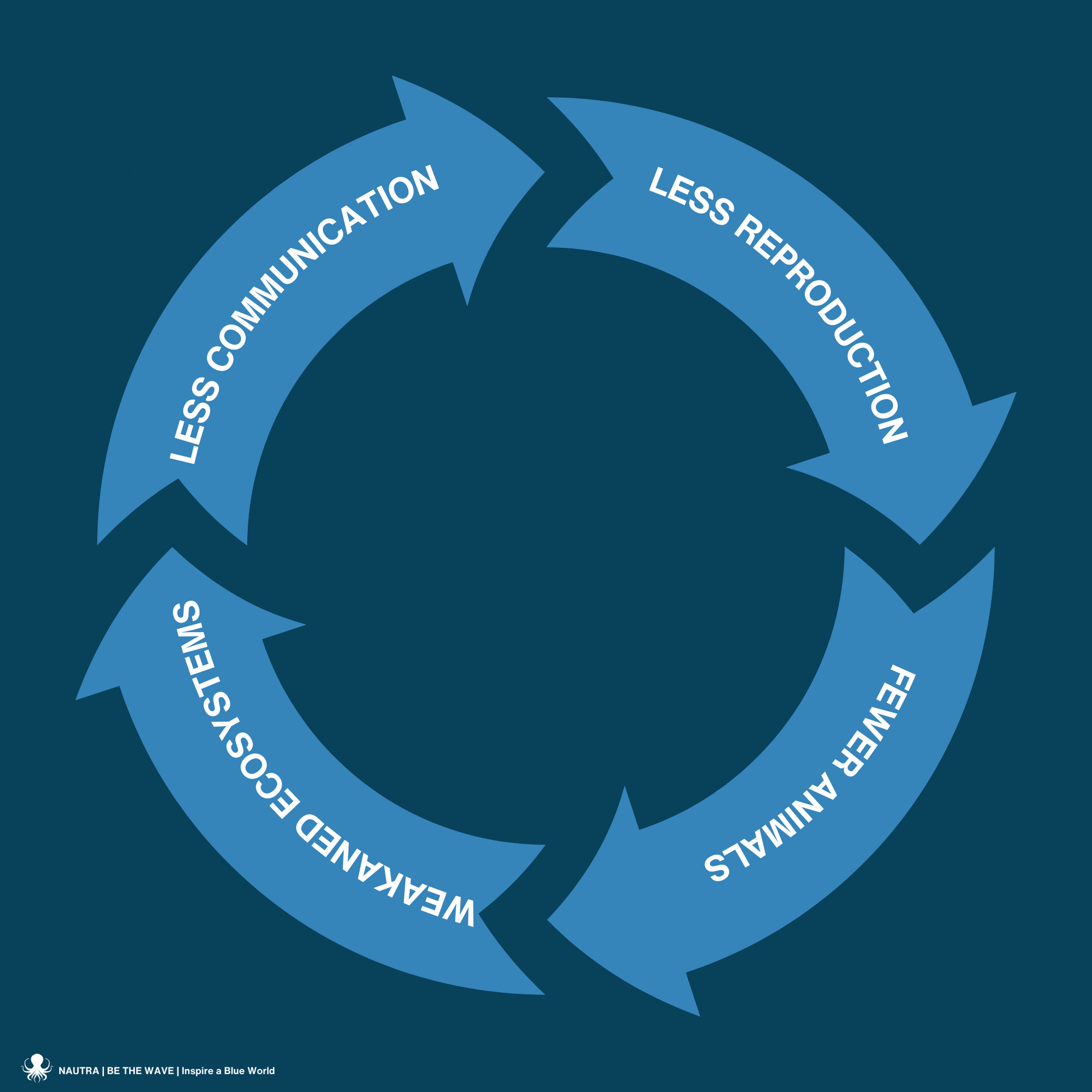
Conclusion
Turning Down the Volume
The ocean was never silent—but it was never meant to be this loud. Noise pollution is an invisible but powerful threat to marine life. Yet it’s also one of the most solvable problems in ocean conservation.
Quieter ship designs, time restrictions on sonar testing, noise-reducing technologies, and marine protected areas can all make a difference.
By listening better—and making space for the ocean to sing—we can help restore balance beneath the waves.
Key Takeaways:
Noise pollution comes from shipping, sonar, seismic surveys, and construction.
It affects marine mammals’ ability to hear, hunt, navigate, and stay together.
Fish and invertebrates are also impacted—leading to reduced reproduction and survival.
The loss of natural ocean soundscapes can destabilize entire ecosystems.
Solutions exist, and reducing noise is a powerful way to protect marine life.
NEXT LESSON
Can We Listen to the Ocean to Learn About Climate Change?
From cracking glaciers to shifting whale routes, scientists are using underwater sound to study a changing planet. Let’s find out what the ocean is telling us.
